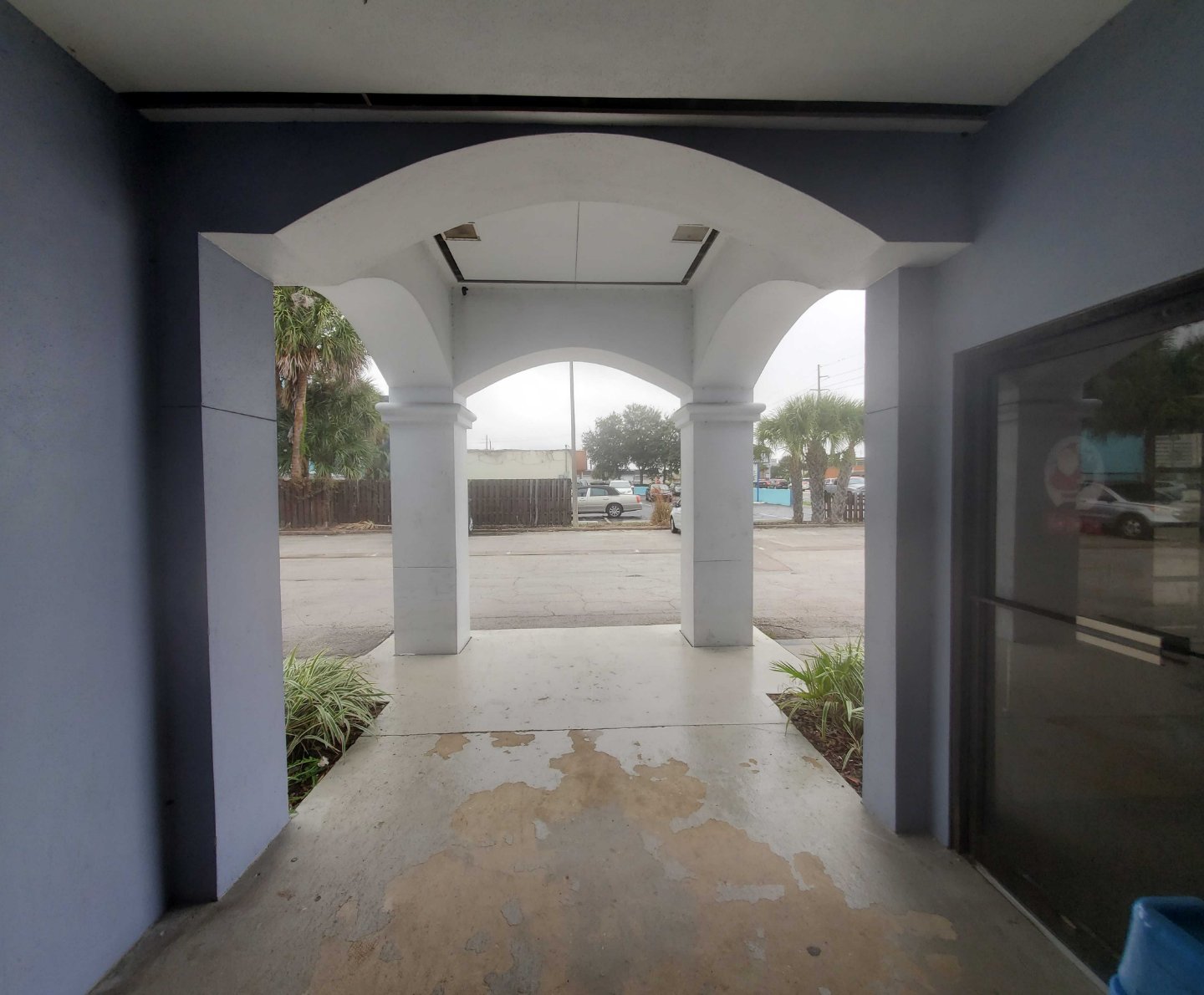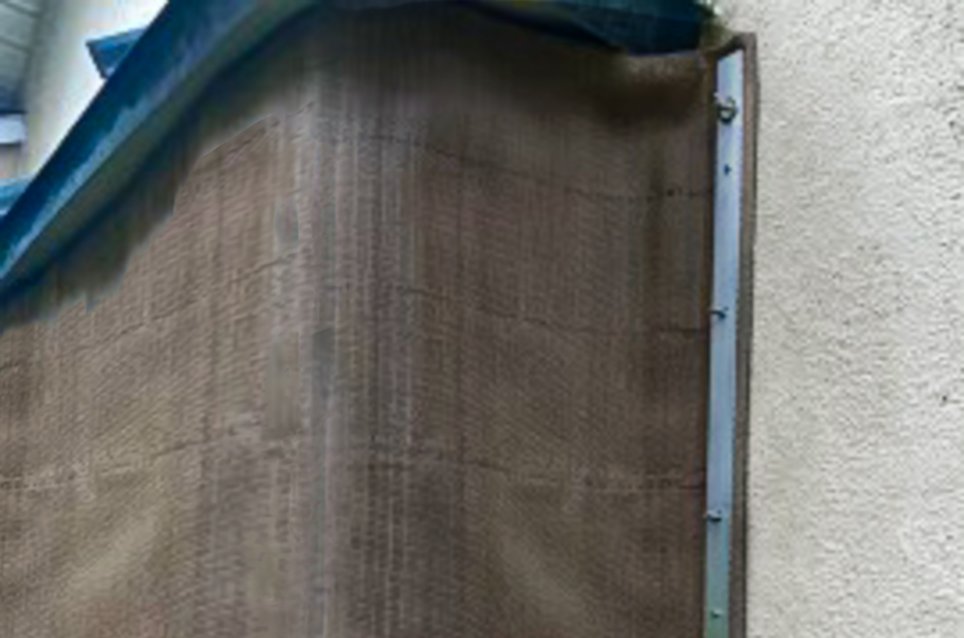
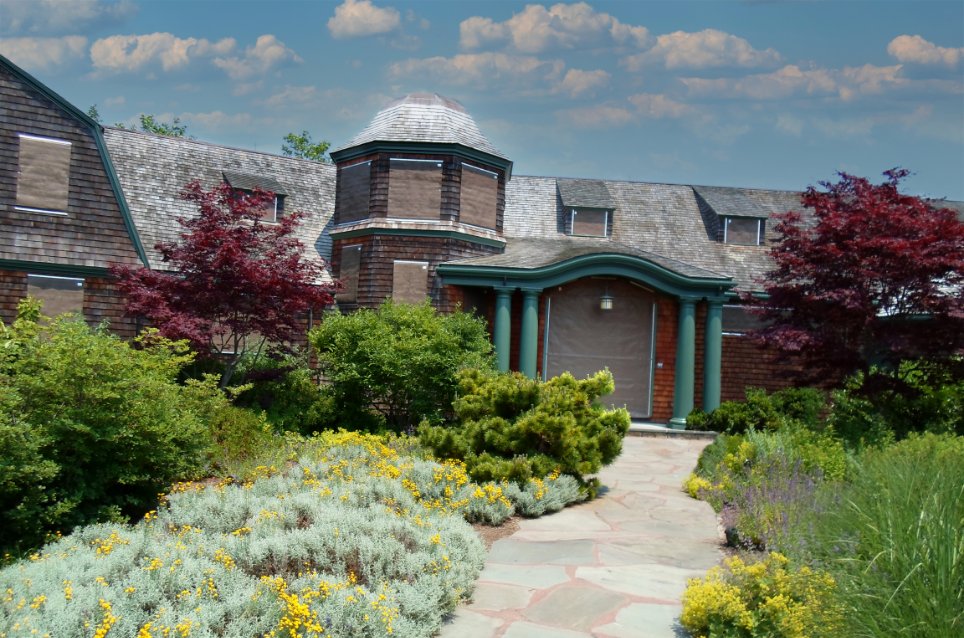
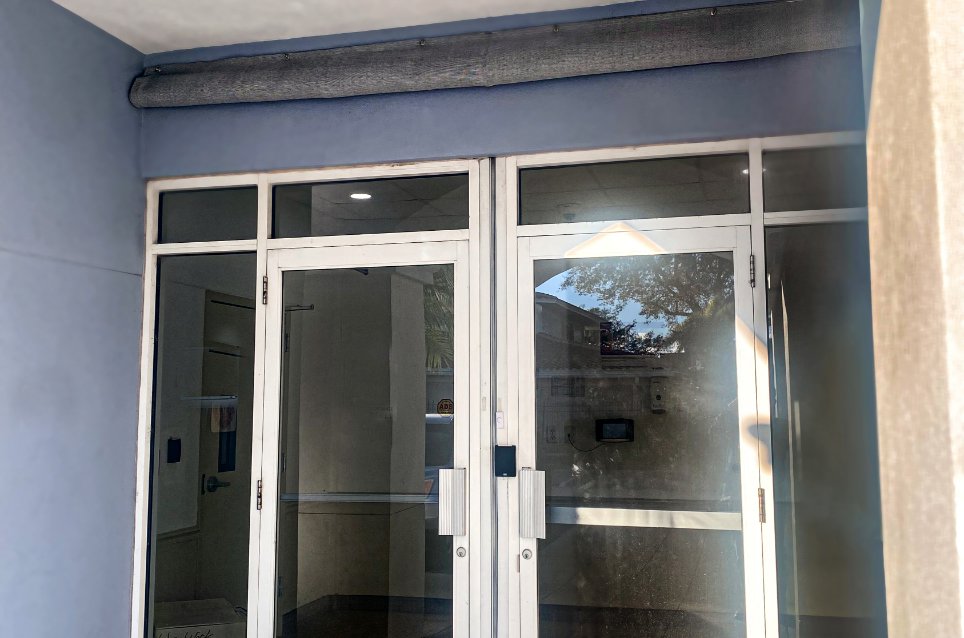
Applications
Our hurricane screens are designed for a wide range of applications
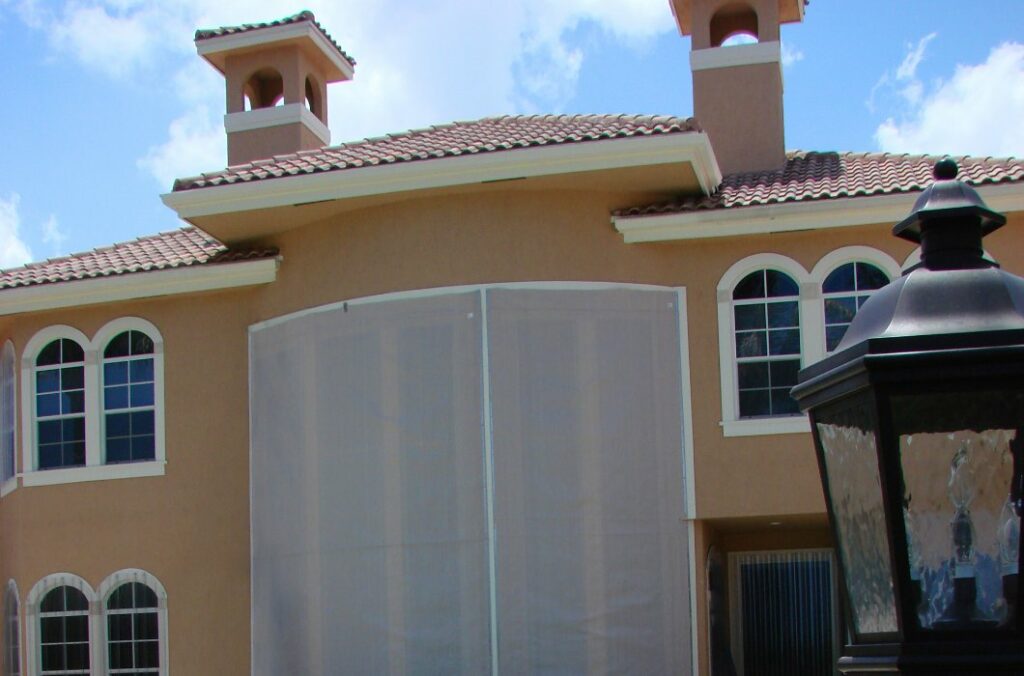
Home Envelope
At Cat 5 Hurricane Screens LLC, we believe that preserving your home envelope is paramount in hurricane protection. Once a window or door is breached, the envelope is compromised. Surging winds can lift your roof or blow out your walls. Covering these openings with Cat 5’s hurricane screens reduces the strong wind and rain to small amounts of air and moisture while safely deflecting debris.
Lanais
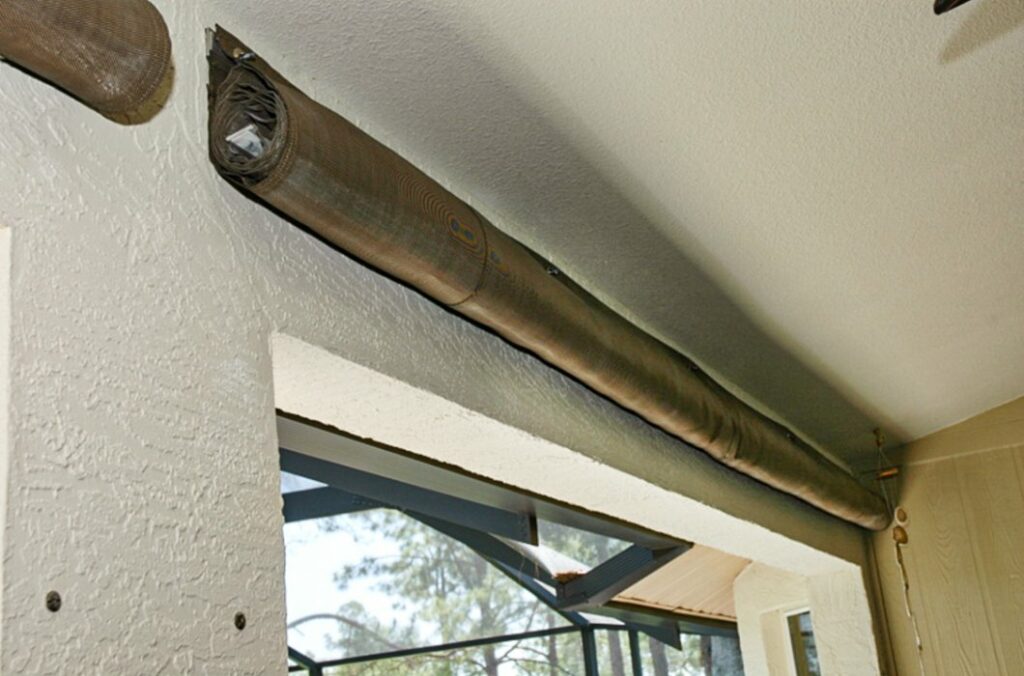
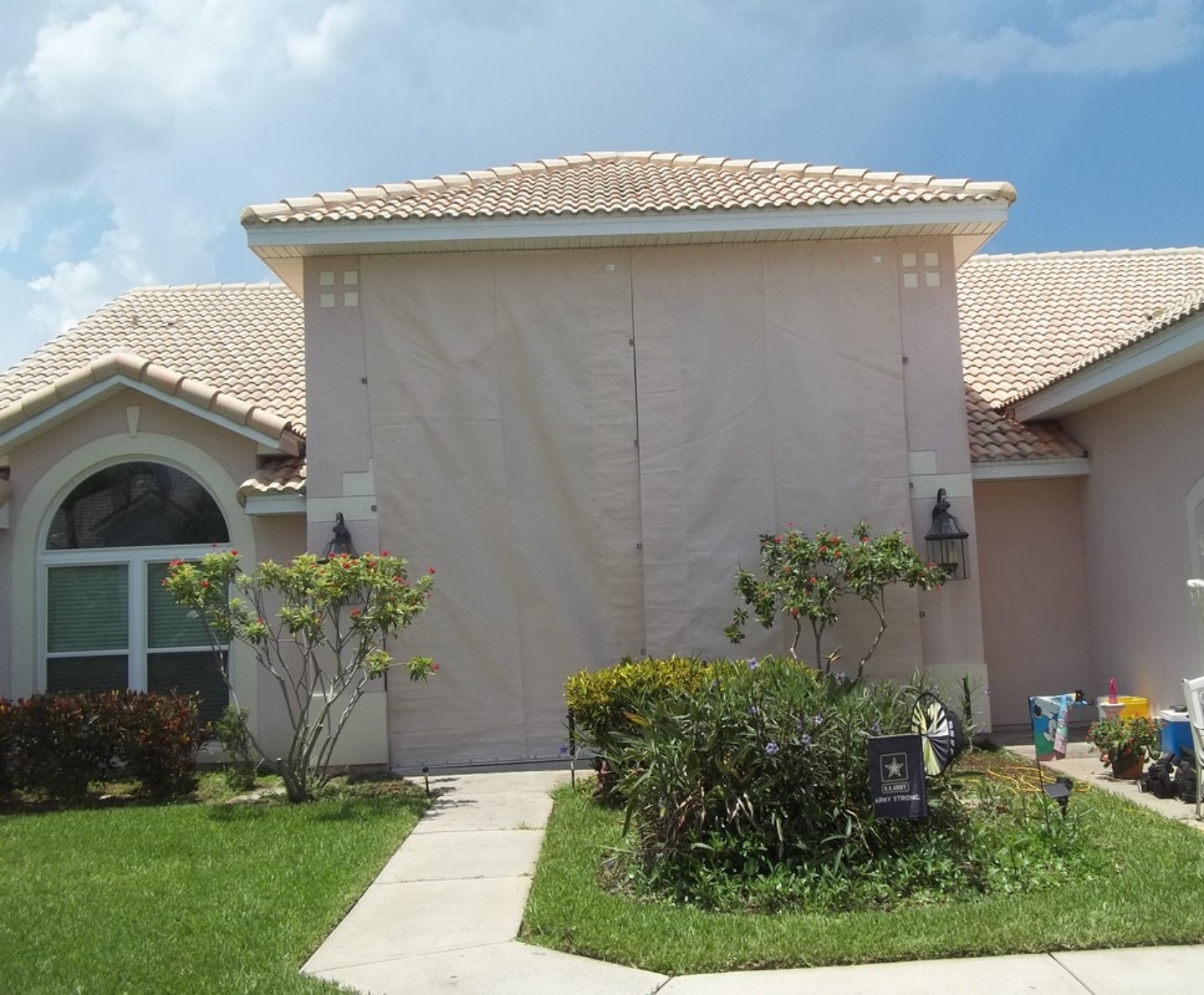
Entryways
Windows
Although our screens are designed with large openings in mind, they can easily cover windows. Cat 5 hurricane screens can be made with a hood or removed with a storage bag to be kept elsewhere. This is an inexpensive way to cover your windows without the need for heavy plywood or awkward metal panels. As a bonus, our screens allow light to come through while allowing you to see outside — no more claustrophobia!
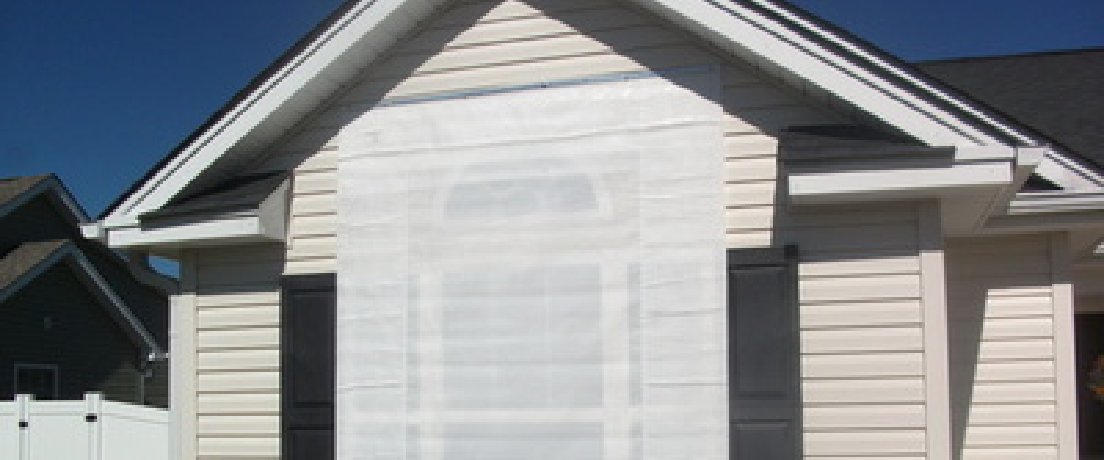
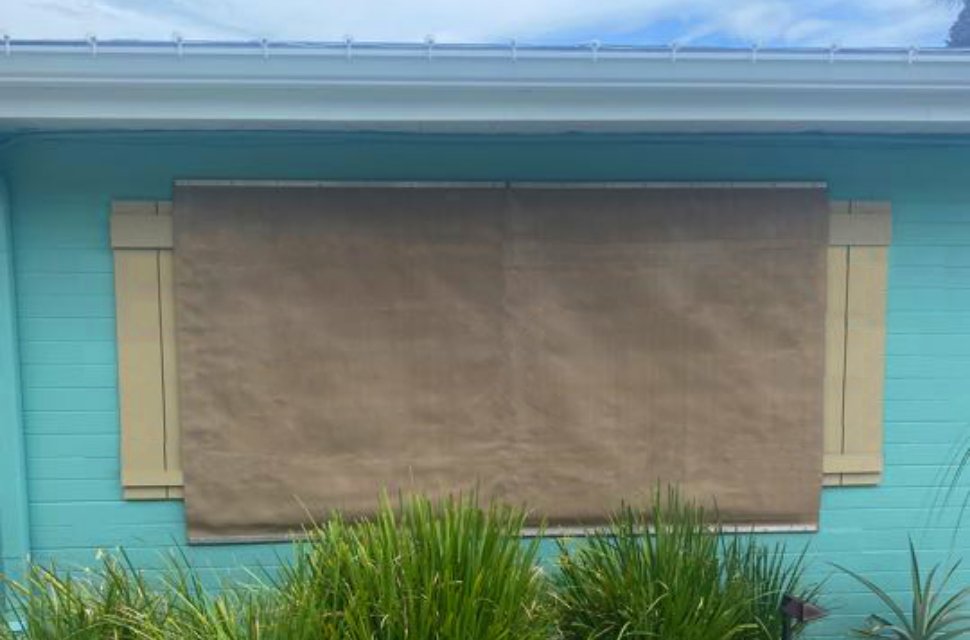
Implications of flush-mounting a flexible fabric screen over windows and doors that contain breakable glass:
Commercial
We can create custom hurricane screens for commercial buildings to cover openings and safeguard them from the impact of hurricanes. Our versatile screen system protects vulnerable entranceways and unusual architecture, keeping the building envelope intact from pressure changes, wind, rain, and debris.
